Now we are in April the trees are dressed with fresh frilly green lace. All the leaves have emerged, and it makes it so easy to spot which trees are which.
Being able to identify the names of the trees around us is an essential part of being able to connect with nature. To be honest, a few years back, I would have struggled to identify more than a handful of native trees. Our desire to instill a love of Mother Earth into our children has meant that we have gained more understanding and knowledge.
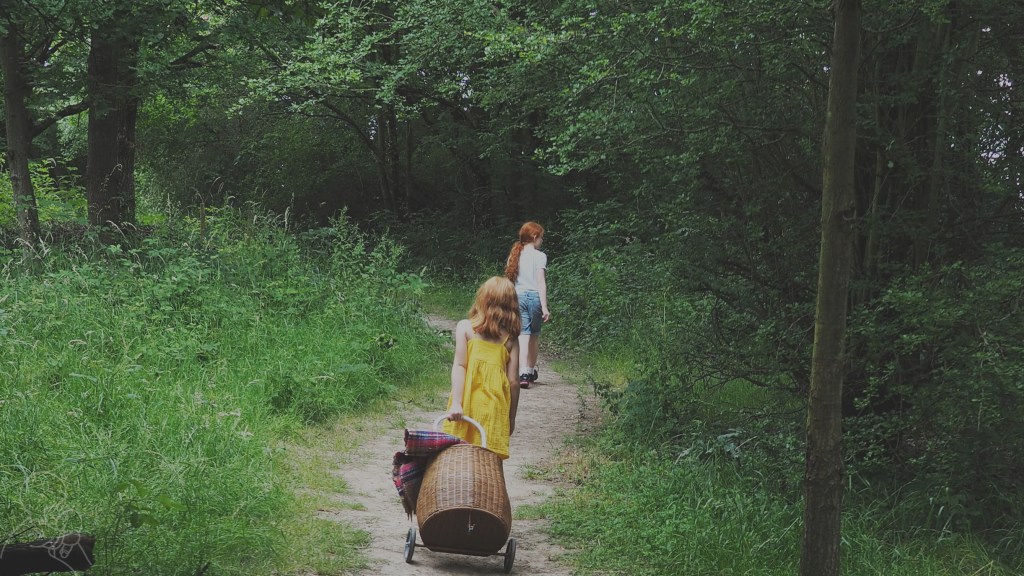
My leaf baby dolls are very popular – do you have one? If so, you could take her out on the walk with you to spot the leaves and hunt for leaf ‘fairy’ babies hiding in the trees. If not any doll can join your child on the adventure – perhaps you can taken them in a dolly sling made from a scarf?
An adventure for a child doesn’t need to be anywhere special – as they can go anywhere in their imagination. A trip to walk around the local park can be the deepest jungle, the local canal could be the River Amazon and the nature reserve a dark, scary wood!
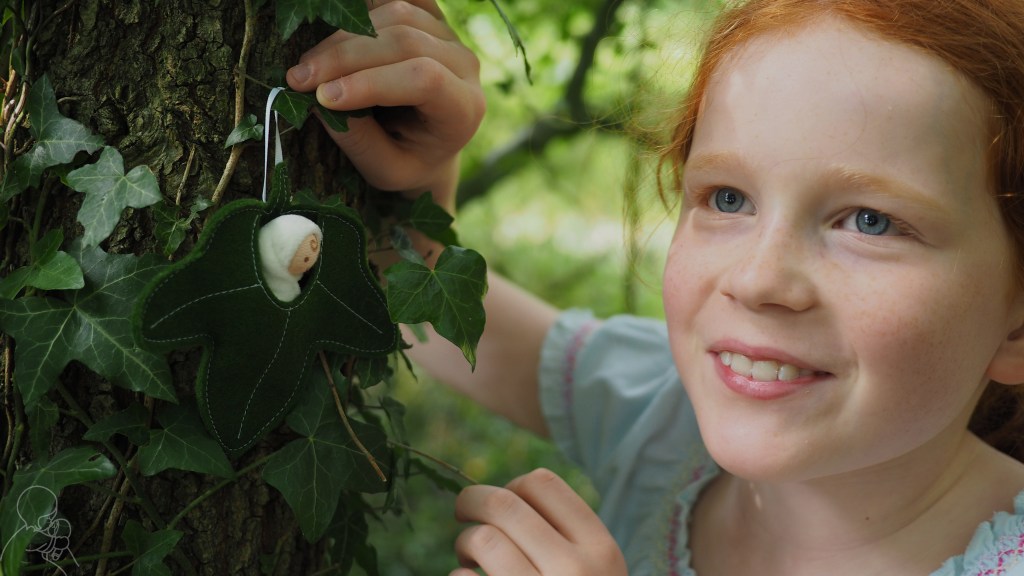
I’ve created this simple spotters sheet for you to take on your outing – a colour and a black and white version. Some leaves will be easier to spot that others – but even Mistletoe can be seen this time of year. Please share with your friends and family.
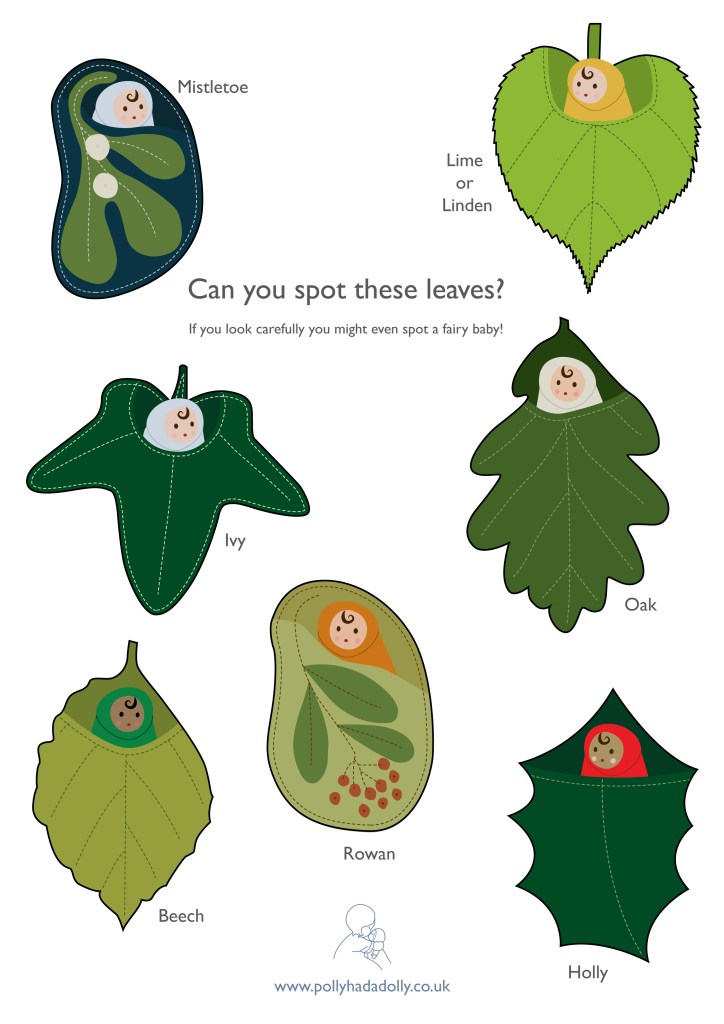
Click here to download the PDF!
To expand your adventure here are a few unusual facts about each of them. If you need more help identifying them head over to the Woodland Trust and download their Tree ID app!
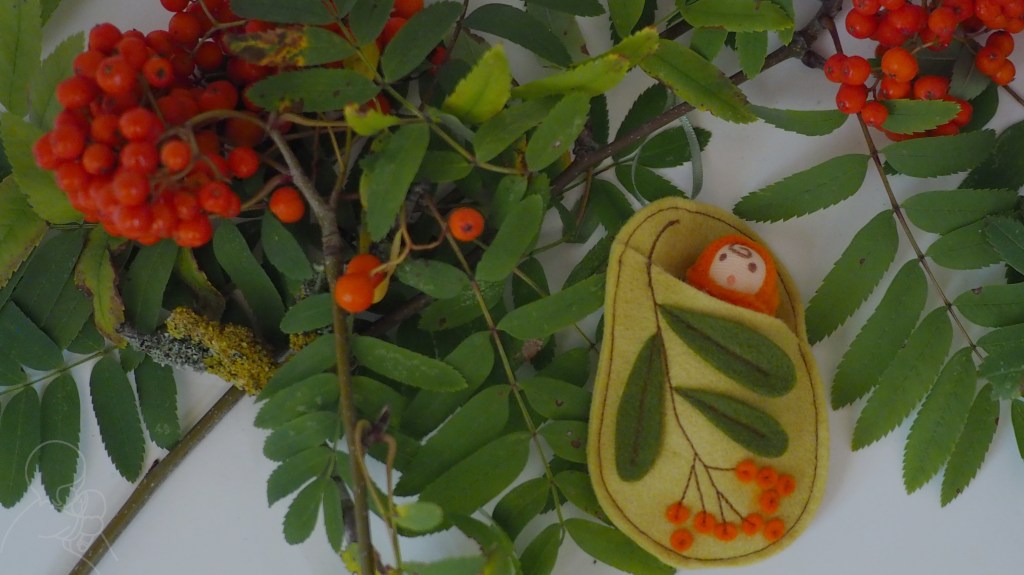
Rowan
In Autumn, it has bright berries that feed a wide variety of birds but in Spring look for 5 to 8 pairs of bright green serrated leaflets. Rowan is also known as Mountain Ash and features in many folklore stories and myths, including being said to ward off evil and in Norse myth it is the tree from which the first woman was made!
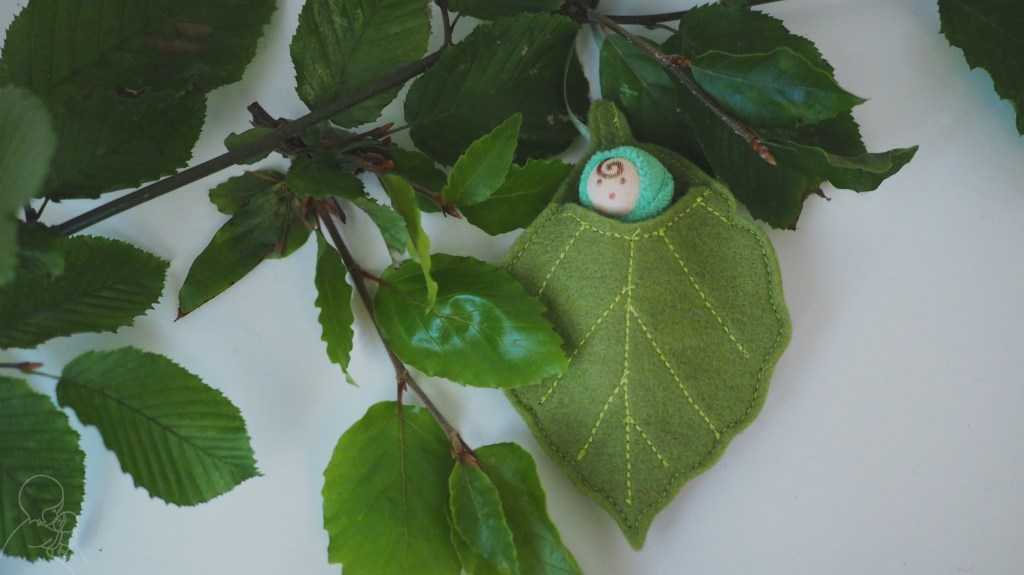
Beech
This will probably be a big tree – as is is known as the queen of British trees (Beech is associated with femininity). In the past the tree was used for medicine to relieve swellings by making a poultice from boiled leaves. Forked beech twigs are also traditionally used for divining (divining is a traditional skill where you use the sticks to find water underground).
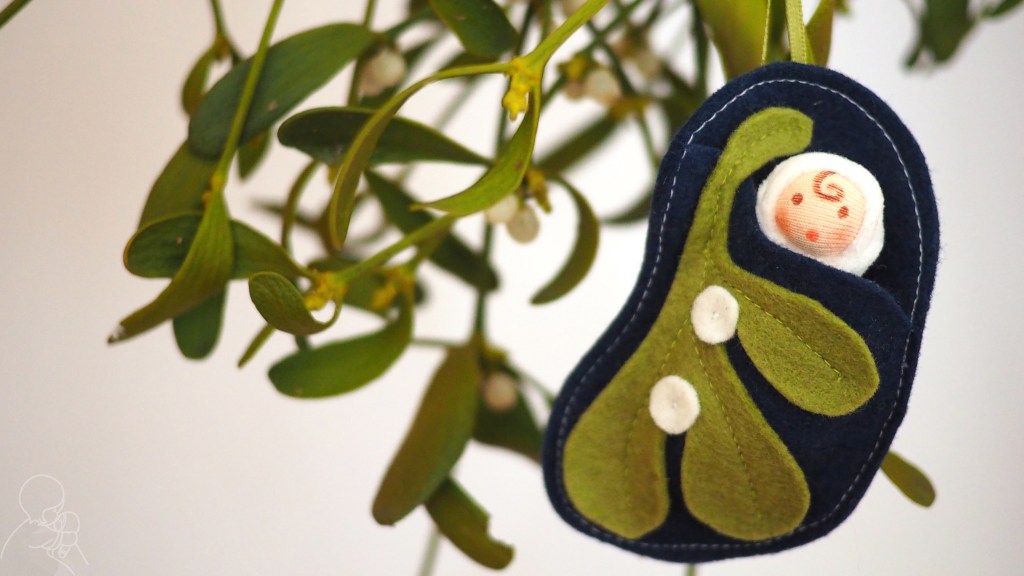
Mistletoe
One of my favourites, the way it grows, upside down, with seemingly no roots – there is something otherworldly about it. It defies the winter with its evergreen leaves and produces bright white berries for our winter visitors like redwings and fieldfares.
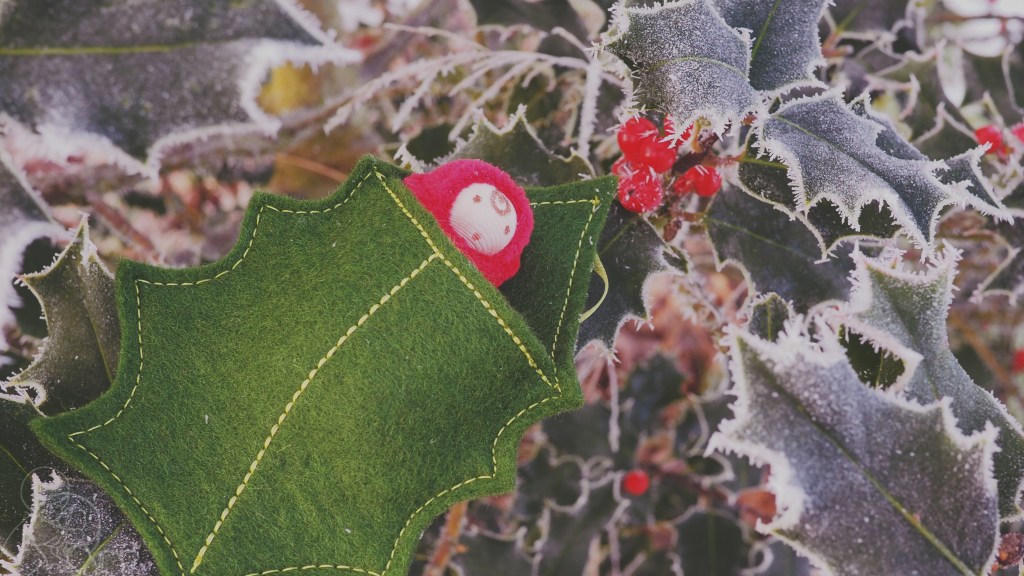
Holly
The poor Holly tree looks tired when all the fresh Spring leaves surround it – but it is still there. In the past Holly was a fertility symbol and also a charm against witches, goblins and the devil! You would have never cut down a holly tree – it was thought to bring bad luck!
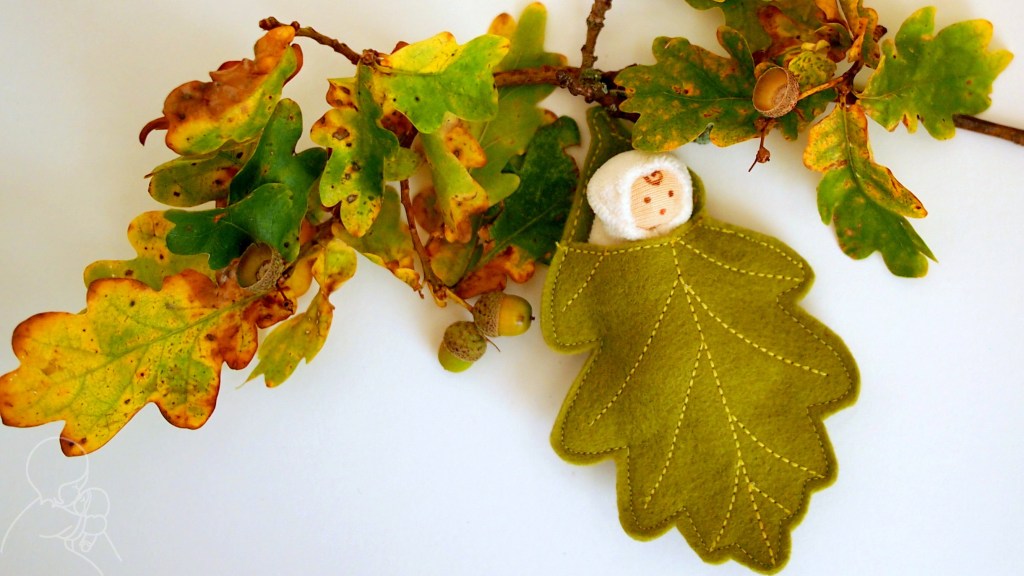
Oak
The king of the wood! I have lots of these amazing trees living in the park across my road. This tree supports more life than any other in the UK and has such a rich history in our culture.
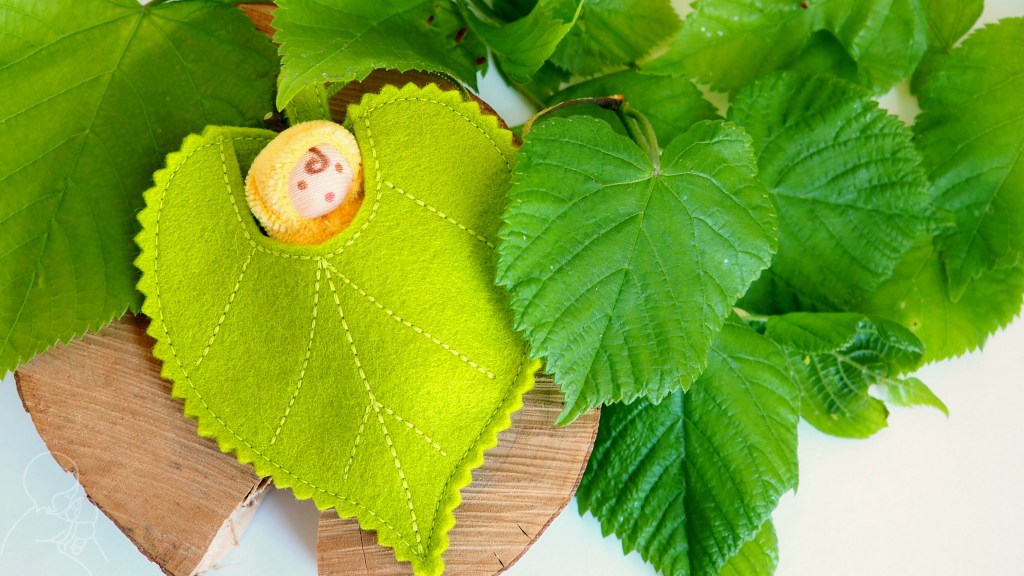
Lime or Linden
Yet another rich home for wildlife, this is big tree, which will make anything you leave underneath sticky! Lime bark was traditionally used to make rope and the flowers can be used to make tea!
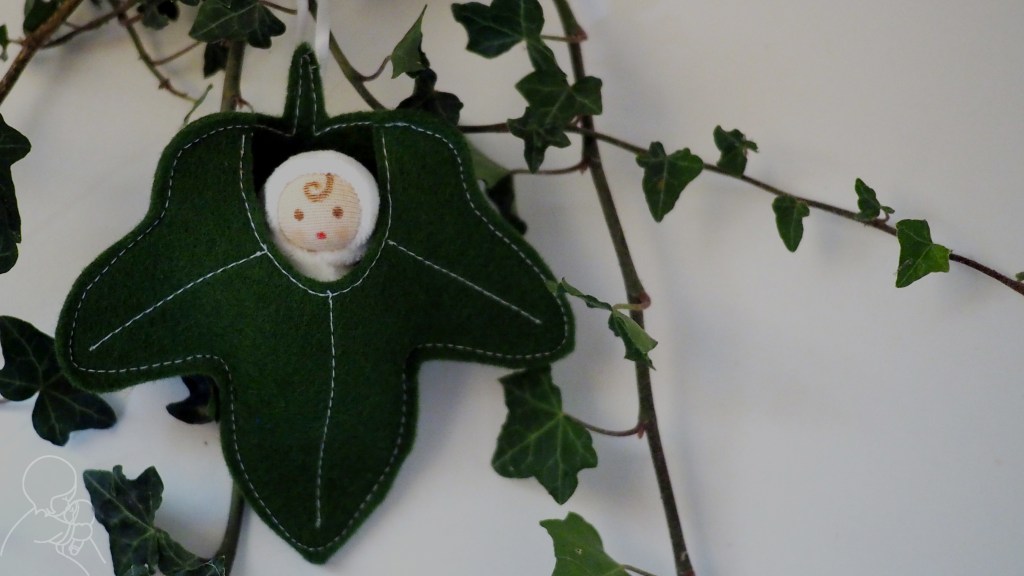
Ivy
Did you know that Ivy plays an important role in providing food and shelter for wildlife and isn’t bad for trees? We can find Ivy on any walk, at anytime of year. In Ancicent Rome Ivy was seen as a symbol of intellectual achievement and in Britain, during winter, sprigs were brought into houses to keep evil spirits at bay.
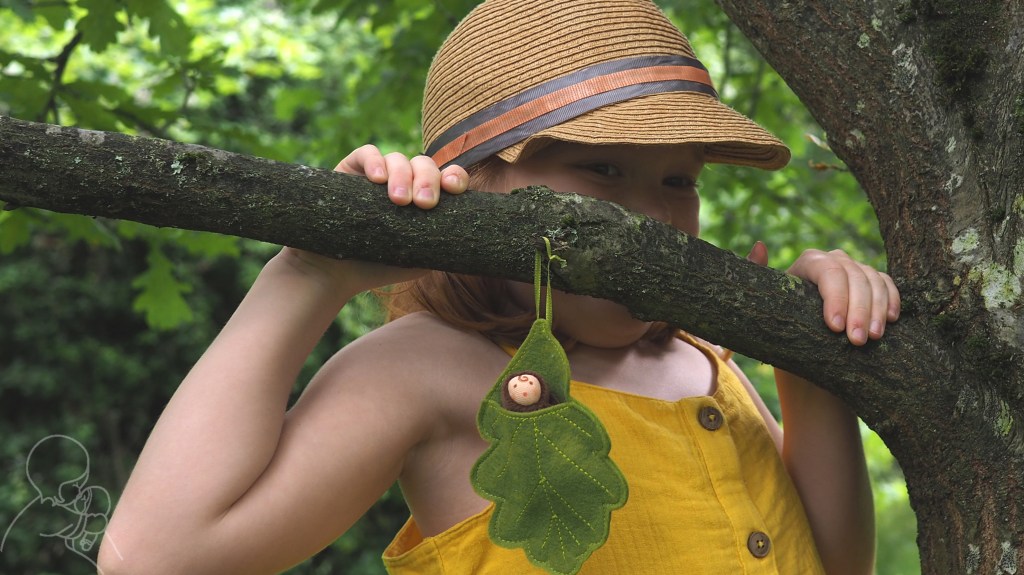
Enjoy your adventure and stay safe!
[…] As the years have gone on we have added more symbols of the season, such as painted toadstools, my leaf babies and hand carved wooden […]
LikeLiked by 1 person